AT&T and Time Warner on Saturday announced they had reached a merger deal, setting off alarm bells across the industry. AT&T has agreed to buy Time Warner for US$85.4 billion. At least a year’s worth of regulatory scrutiny, public hearings and political maneuvering is expected.
The deal, which followed days of speculation and tightly held negotiations, essentially would create the industry’s first vertically integrated mobile provider of premium cable.
AT&T, already the world’s largest pay television provider and one of the biggest telecom providers in the world, would gain control over one of the world’s top content companies, with properties including cable network HBO and news network in CNN.
Content and Distribution
Media and communications industries are converging, and premium content always wins, AT&T CEO Randall Stephenson told investors in a Monday morning conference call.
The deal combines Time Warner’s content with more than 100 million customers who subscribe to AT&T’s TV, mobile and broadband services, he said.
“The future of video is mobile, and the future of mobile is video,” Stephenson remarked. “There will always be big screen TVs in our homes, but mobile video is what our customers are demanding.”
With a total customer base of 315 million people, the combined company would strive to disrupt the traditional entertainment model by becoming the first mobile provider to compete head to head with cable for bundled mobile and video.
It would work to build on existing and planned mobile video services, such as Time Warner’s HBO Now and AT&T’s OTT service, DirecTV Now, coming in November.
The new service will offer more than 100 streaming channels of content to consumers, with no hardware, credit check or contracts required, the companies said.
AT&T sees this deal as a bulwark against the slow decline of traditional cable television models, observedMidia Research Senior Analyst Tim Mulligan.
“AT&t is looking to consolidate its digital offerings and minimize the inevitable erosion in pay-TV audiences,” he told the E-Commerce Times.
Competition Creep
The merged company would be able to innovate on new business models — for example, combining advertising with subscriptions, the companies said.
Critics of the deal, concerned about the impact it would have on the competitive landscape, were lined up even before the deal became official.
AT&T might make it more expensive for DirecTV competitors to gain access to Time Warner programming, or make it more difficult for Time Warner competitors to get their programming content on the subscription service at DirecTV, warned John Bergmeyer, senior counsel at Public Knowledge.
“Similar sorts of self-dealing and discrimination have been at the center of the review of similar deals in the past, such as Comcast’s acquisition of NBC Universal,” he noted.
Smaller cable operators also are fearful they will be squeezed out by more powerful distributors and content providers.
“As the FCC has found in past mergers, combining valuable content with pay-TV distribution causes harm to consumers and competition in the pay-TV market,” Matthew Polka, CEO of the American Cable Association, told the E-Commerce Times in a statement issued prior to the official announcement.
One key differentiator between this deal and the Comcast acquisition of NBC Universal is that AT&T would function not only as a distributor through Direct TV, but also as a mobile company that owns a network of mobile customers.
This deal will accelerate the development of 5G mobile networks, which will be in greater demand as premium content moves towards mobile distribution, AT&T’s Stephenson said.
“Time Warner has great entertainment assets and now, digital assets from its magazines,” said Rick Edmonds, media business analyst at the Poynter Institute.
“Not sure of the game plan, but all of that is moving to phones,” he told the E-Commerce Times.
AT&T has expanded its footprint as an international power in the mobile television and wireless phone industries, said telecom analyst Jeff Kagan. The company acquired Nextel Mexico in 2015.
“In fact, they have grown beyond a telco and beyond a communications company,” Kagan told the E-Commerce Times. “They are becoming a technology company in many different areas.”




























































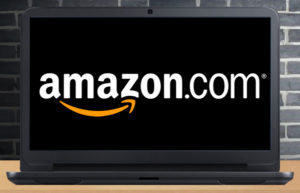




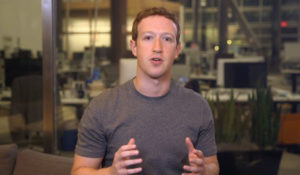
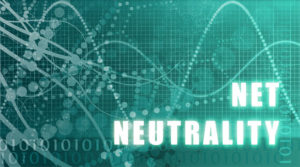











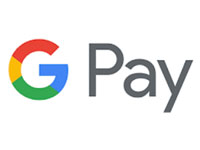



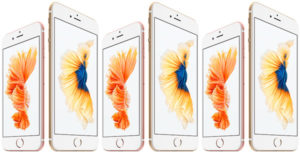










Social Media
See all Social Media